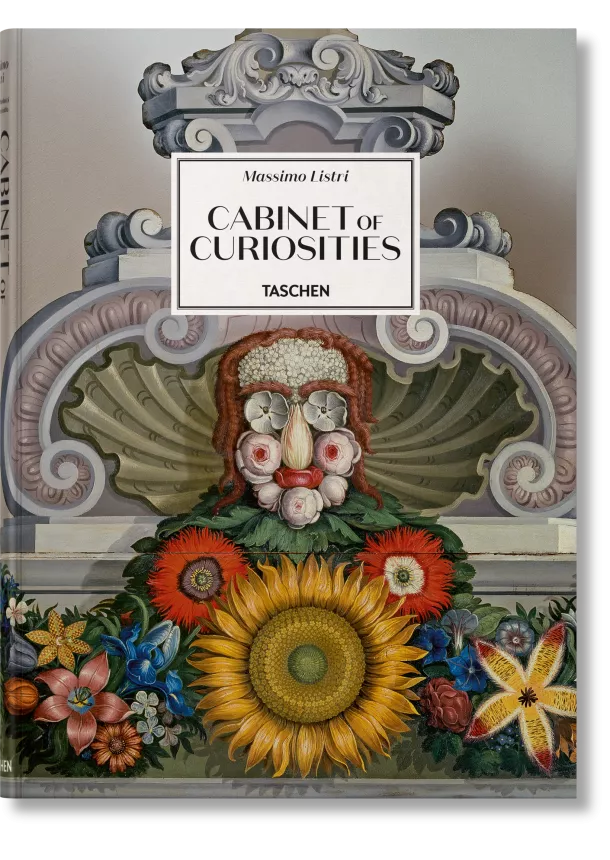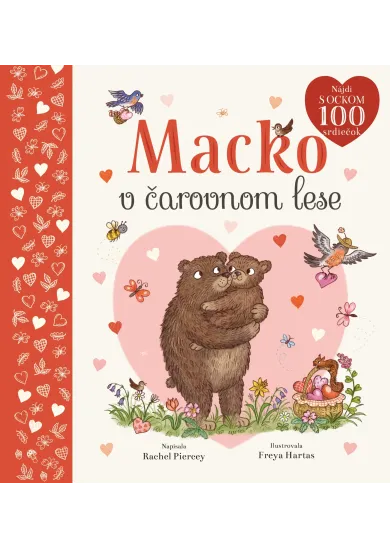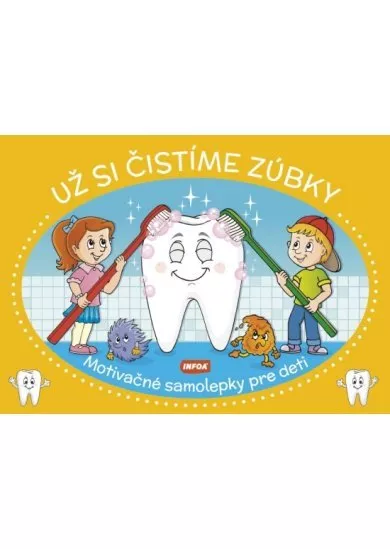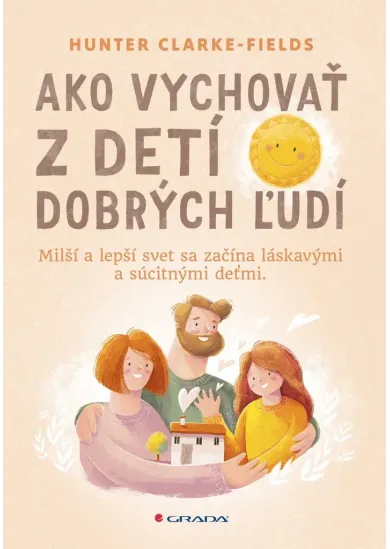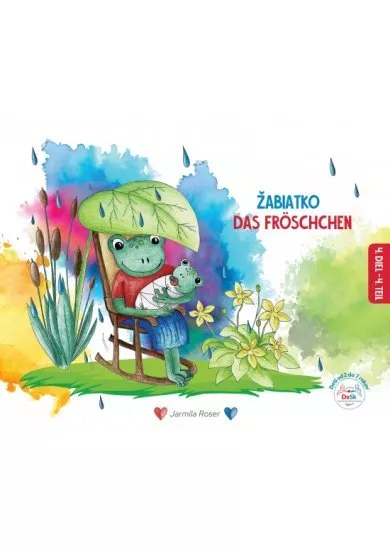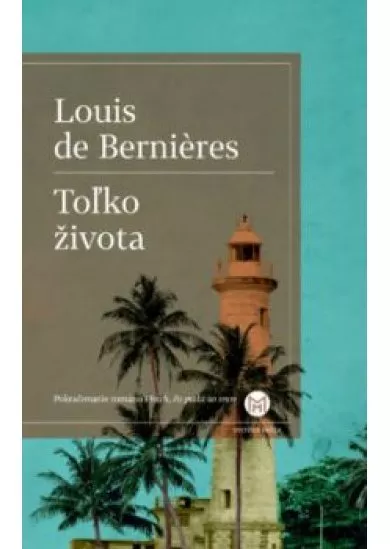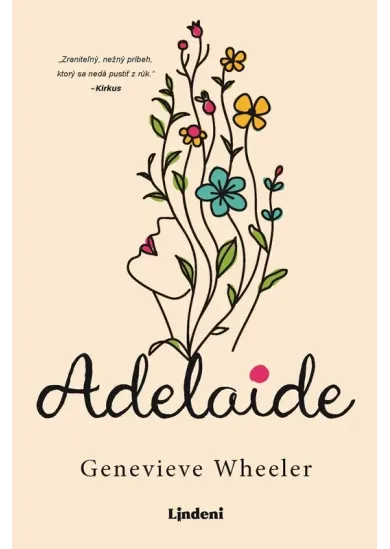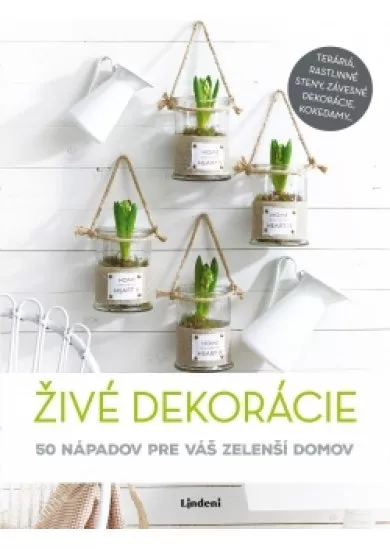Giulia Carciotto, Antonio Paolucci
Listri. Cabinet of Curiosities
Cabinets of curiosities fascinated people of the 16th and 17th centuries. From crocodiles, minerals, and corals to paintings, ivory trophies, measuring instruments, and incredible automata, it was a glimpse into a world full of natural wonders and treasures that aimed to reflect the order of the universe. This magnificent volume takes us through the world’s most beautiful collections, into the Medici treasury or the Green Vault (Grünes Gewölbe) of Dresden, and offers no less than a brief cultural history of the miraculous. The Wunderkammer, or “cabinet of curiosities,” saw collectors gathering objects from many strands of artistic, scientific, and intellectual endeavor, in an ambitious attempt to encompass all of humankind’s knowledge in a single room.From the Grand Duke Francesco I de’ Medici and Holy Roman Emperor Rudolf II to Archduke Ferdinand II of Habsburg, these aristocratic virtuosos acquired, selected, and displayed the objects in real-life catalogues that represented the entire world—spanning architecture, interior design, painting, sculpture, gemology, geology, botany, biology and taxonomy, astrology, alchemy, anthropology, ethnography, and history.Marvel at the unicorn horns (narwhal tusks), gems, rare coral growths, Murano glasswork, paintings and peculiar mechanical automata. Browse through illustrations of exotic and mythical creatures and discover the famed “Coburg ivories,” an astounding collection of crafted artifacts. These collections are nothing short of a journey through time, from the Renaissance and Age of Discovery, the Mannerist and Baroque periods, up to the present day. Although many of these cabinets of curiosities no longer exist, others have been meticulously reconstructed, and new ones born.These marvelous cabinets of curiosities can now be explored by all in this XXL collection. To realize this mammoth undertaking, Massimo Listri traveled to seven European countries over several decades; the result is a set of gorgeousphotographs, an authoritative yet accessible introduction, and detailed commentary on each of the 19 chambers highlighting the most remarkable items in each collection. Discover how these timeless treasures both describe and defined civilization, the modern concept of the museum, and our very knowledge of the universe.The authors Giulia ML Carciotto graduated in art history from the Sapienza University in Rome. She was a Research Fellow at the Warburg Institute in London, where she also worked for Christie’s. She was editor-in-chief of the art publisher Franco Maria Ricci Editore in Milan, and now teaches at the Academy of Fine Arts in Palermo and at the Abadir Academy in Catania. Antonio Paolucci studied art history under Roberto Longhi in Florence and began his career in the management of cultural heritage. He was the Superintendent of Cultural Heritage in Venice, Verona, and Mantua. He later became Director of the Opificio delle Pietre Dure in Florence and, for almost twenty years, the Superintendent for the Polo Museale Fiorentino. Most recently, Paolucci was the Director of the Vatican Museums from 2007 to 2016. A specialist in Italian Renaissance art, he is the author of museum and exhibition catalogues, as well as publications on Donatello, Piero della Francesca, Michelangelo, Raphael, and Benvenuto Cellini, among others.
Cabinets of curiosities fascinated people of the 16th and 17th centuries. From crocodiles, minerals, and corals to paintings, ivory trophies, measuring instruments, and incredible automata, it was a glimpse into a world full of natural wonders and treasures that aimed to reflect the order of the universe. This magnificent volume takes us through the world’s most beautiful collections, into the Medici treasury or the Green Vault (Grünes Gewölbe) of Dresden, and offers no less than a brief cultural history of the miraculous. The Wunderkammer, or “cabinet of curiosities,” saw collectors gathering objects from many strands of artistic, scientific, and intellectual endeavor, in an ambitious attempt to encompass all of humankind’s knowledge in a single room.From the Grand Duke Francesco I de’ Medici and Holy Roman Emperor Rudolf II to Archduke Ferdinand II of Habsburg, these aristocratic virtuosos acquired, selected, and displayed the objects in real-life catalogues that represented the entire world—spanning architecture, interior design, painting, sculpture, gemology, geology, botany, biology and taxonomy, astrology, alchemy, anthropology, ethnography, and history.Marvel at the unicorn horns (narwhal tusks), gems, rare coral growths, Murano glasswork, paintings and peculiar mechanical automata. Browse through illustrations of exotic and mythical creatures and discover the famed “Coburg ivories,” an astounding collection of crafted artifacts. These collections are nothing short of a journey through time, from the Renaissance and Age of Discovery, the Mannerist and Baroque periods, up to the present day. Although many of these cabinets of curiosities no longer exist, others have been meticulously reconstructed, and new ones born.These marvelous cabinets of curiosities can now be explored by all in this XXL collection. To realize this mammoth undertaking, Massimo Listri traveled to seven European countries over several decades; the result is a set of gorgeousphotographs, an authoritative yet accessible introduction, and detailed commentary on each of the 19 chambers highlighting the most remarkable items in each collection. Discover how these timeless treasures both describe and defined civilization, the modern concept of the museum, and our very knowledge of the universe.The authors Giulia ML Carciotto graduated in art history from the Sapienza University in Rome. She was a Research Fellow at the Warburg Institute in London, where she also worked for Christie’s. She was editor-in-chief of the art publisher Franco Maria Ricci Editore in Milan, and now teaches at the Academy of Fine Arts in Palermo and at the Abadir Academy in Catania. Antonio Paolucci studied art history under Roberto Longhi in Florence and began his career in the management of cultural heritage. He was the Superintendent of Cultural Heritage in Venice, Verona, and Mantua. He later became Director of the Opificio delle Pietre Dure in Florence and, for almost twenty years, the Superintendent for the Polo Museale Fiorentino. Most recently, Paolucci was the Director of the Vatican Museums from 2007 to 2016. A specialist in Italian Renaissance art, he is the author of museum and exhibition catalogues, as well as publications on Donatello, Piero della Francesca, Michelangelo, Raphael, and Benvenuto Cellini, among others.
| Jazyk | anglický |
| Vydavateľ | TASCHEN |
| Počet strán | 356 |
| Typ viazania | tvrdá |
| Rozmery (š-v-h) | 29 x 39.5 cm |
| EAN | 9783836540353 |
| Dodacia doba | nedostupné |








